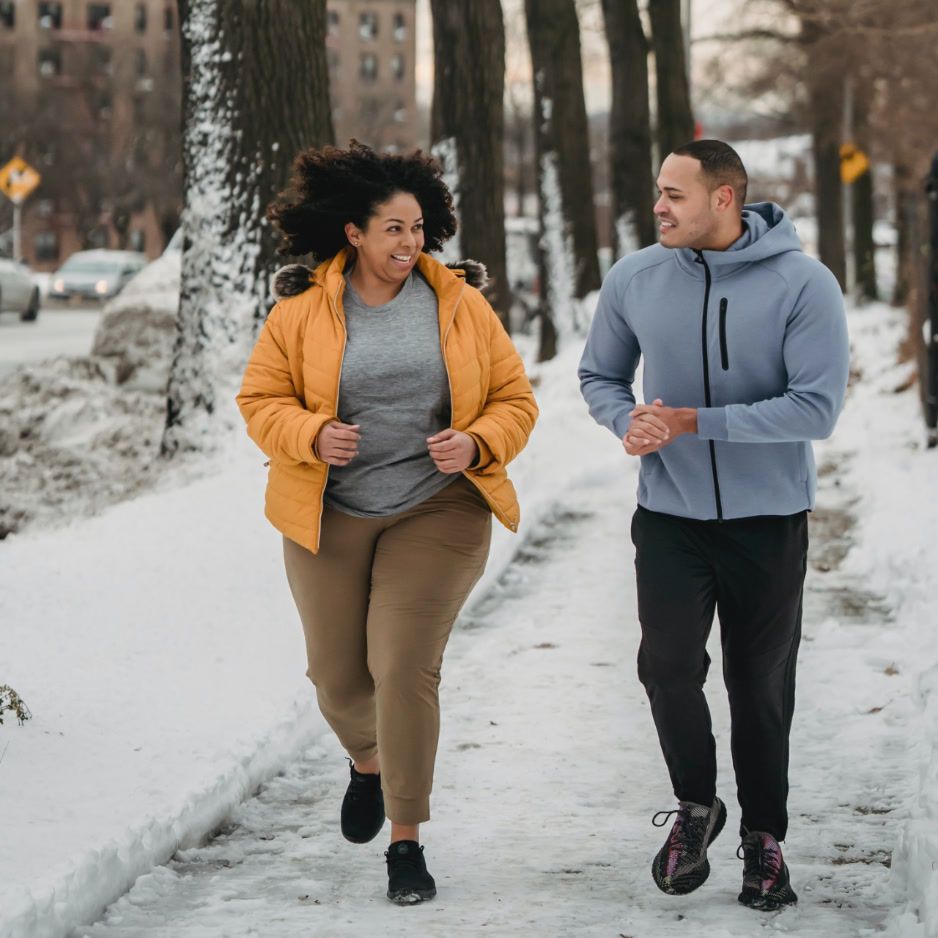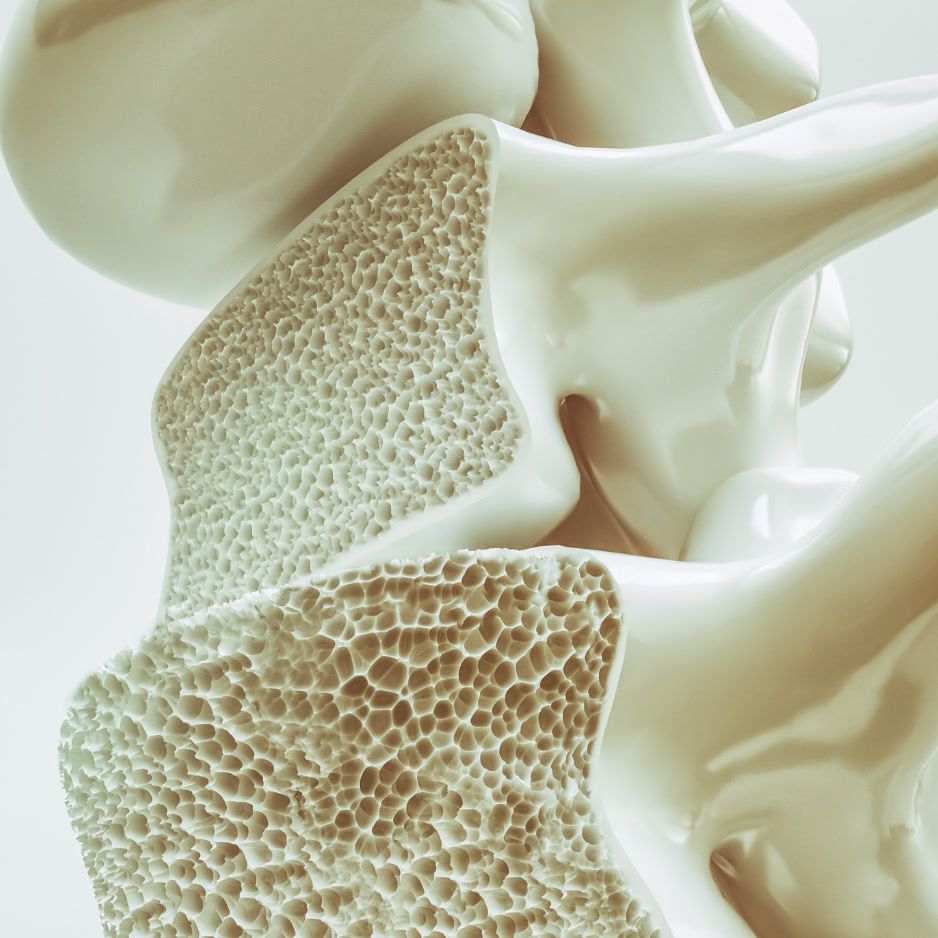How to Measure Your Waist: A Step-by-Step Guide
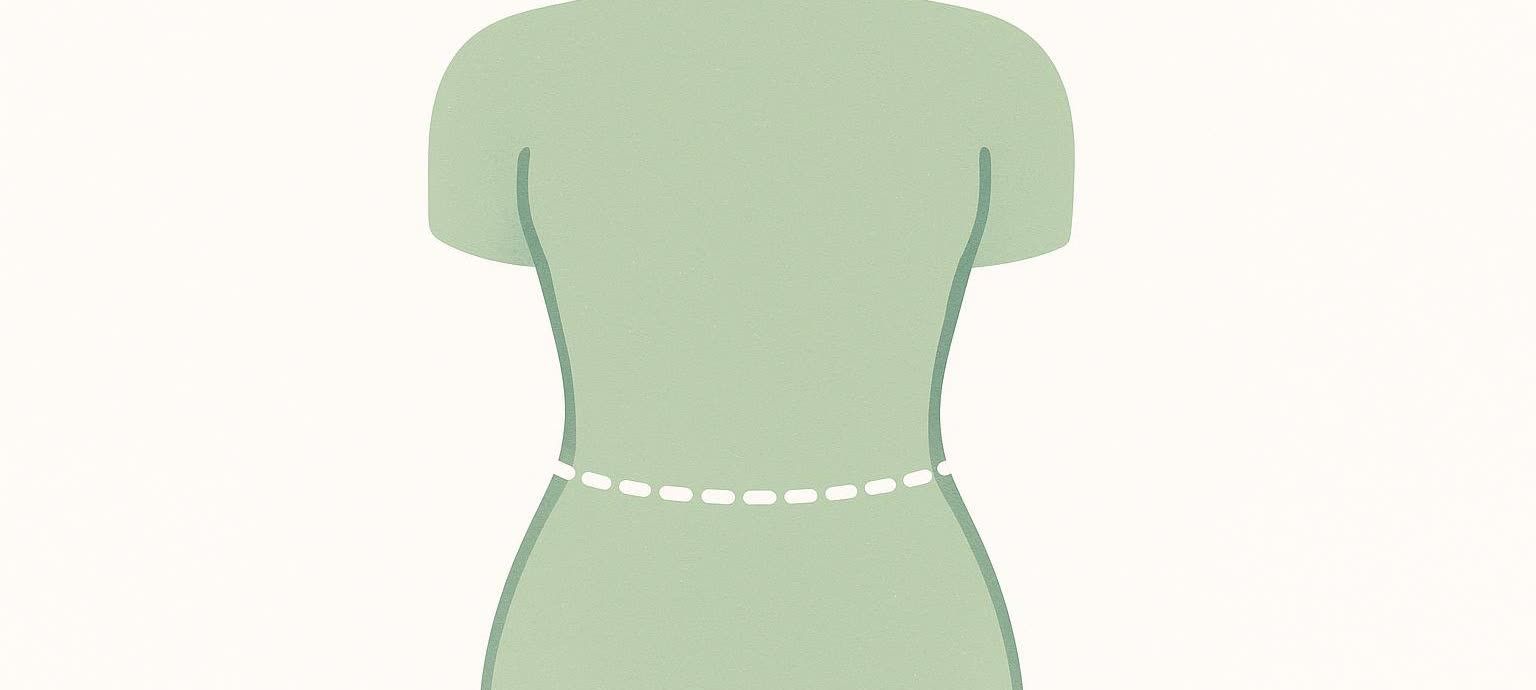
How to Measure Your Waist: A Step-by-Step Guide
Ever loop a tape around your midsection, glance at the number, and wonder if you did it right? You’re not alone. Incorrect placement can misclassify your health risk category. It can also lead to incorrect clothing sizes and returns.
This guide shows you how to measure your waist precisely, interpret the number for both health and clothing fit, and enhance your tracking with BodySpec’s DEXA insights.
TL;DR: The 30-Second Waist Check
- Grab a flexible, non-stretch tape measure.
- Stand tall, feet hip-width apart, shirt lifted.
- Find the spot midway between your lowest rib and the top of your hip bone (iliac crest).
- Exhale normally and relax your abdomen—no sucking in.
- Wrap the tape around that point, keeping it parallel to the floor.
- Read the number to the nearest 0.1 cm (≈ 1/16 in).
That’s your waist circumference. Simple, right? The devil, of course, is in the details—so let’s break those down.
Why Your Waist Circumference Matters
| Reason | Supporting Evidence | Practical Implication |
|---|---|---|
| Visceral-fat risk | A waist > 35 in (women) or > 40 in (men) predicts higher odds of cardiovascular disease and type 2 diabetes, according to the National Heart, Lung, and Blood Institute (NHLBI). | Waist size reflects abdominal fat that a scale cannot isolate. |
| Waist-to-Height Ratio (WHtR) | Keeping waist < ½ of height correlates with lower health risk (NHS waist-to-height guidance). | WHtR provides a risk indicator independent of total body weight. |
| Clothing fit | Apparel companies base size charts on the natural waist. Misplaced measurements cause wrong-size purchases. | An accurate landmark reduces returns and tailoring costs. |
| Progress tracking | Waist circumference often responds quickly to changes in hormonally sensitive visceral fat, sometimes ahead of scale weight. | Detect fat-loss or regain between periodic DEXA scans. |
Coach’s Tip: If you use our broader Body Measurements Guide, make waist the primary metric—it tends to shift first as visceral fat changes.
What You’ll Need
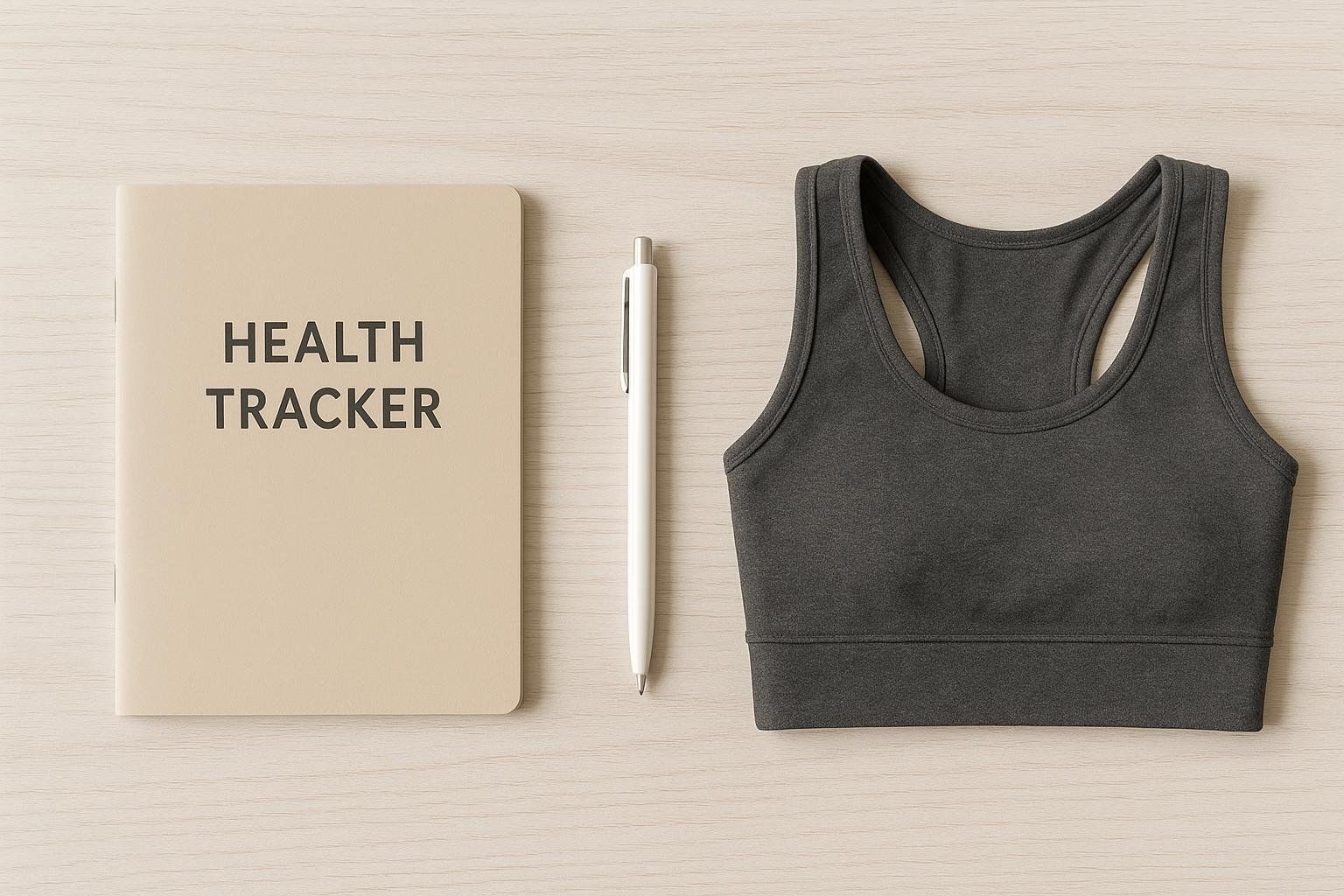
| Item | Rationale |
|---|---|
| Soft, non-stretch fabric tape | Conforms to body contours for accurate readings. |
| Mirror or helper | Ensures the tape stays level around the torso. |
| Logbook, spreadsheet, or app | Facilitates consistent progress tracking over time. |
| Form-fitting clothing or bare skin | Bulky fabric can introduce significant error. |
The Gold-Standard Protocol (NHANES III)
Clinical researchers measure waist the same way in every participant to preserve data quality. The NHANES III protocol is widely adopted and easy to replicate, as detailed in the CDC/NHLBI measurement manual. Organizations like the World Health Organization also endorse this midpoint method.
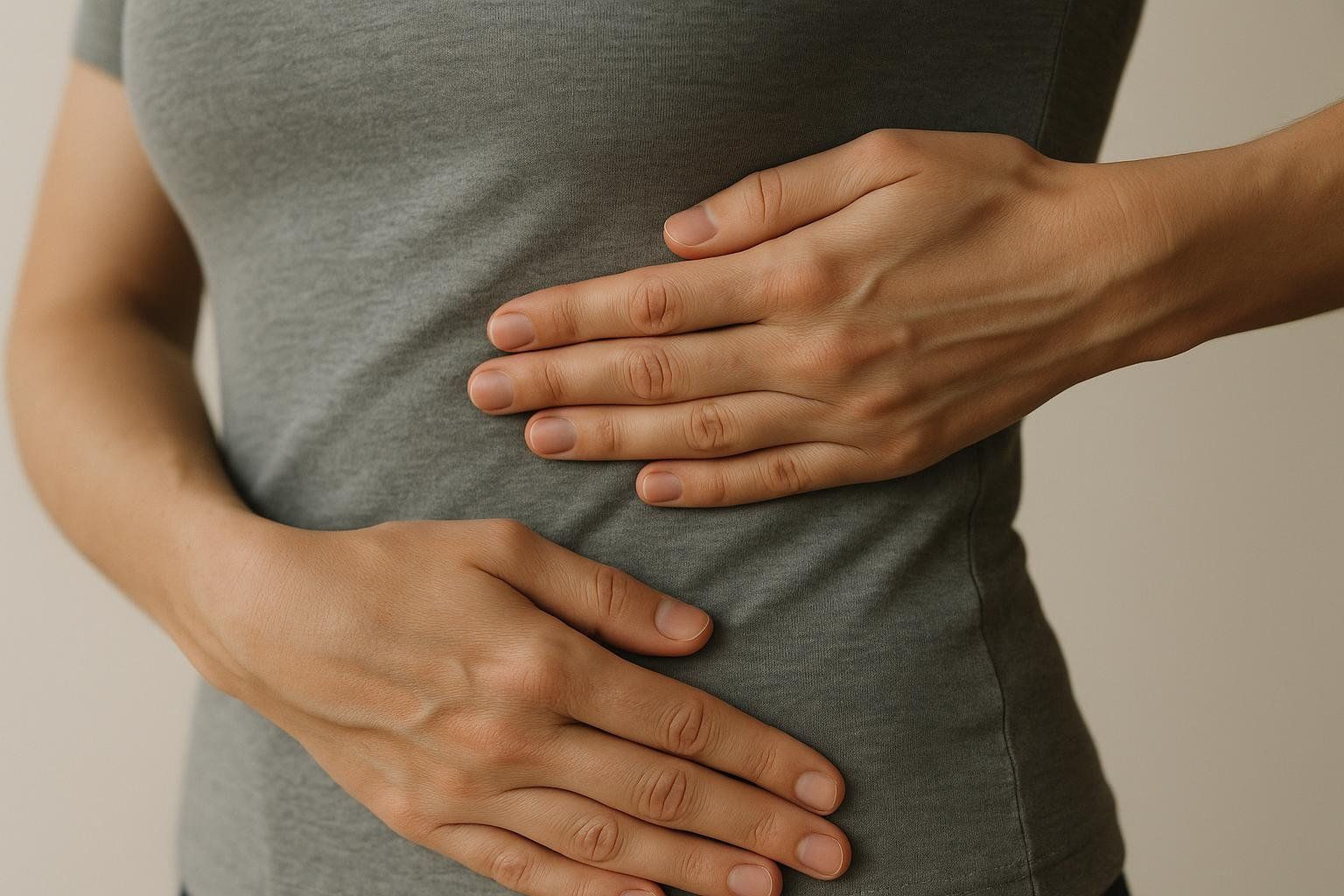
- Locate the landmark. Palpate the top of the hip bone (iliac crest) and the lowest rib. Identify the midpoint between them.
- Assume position. Stand erect, arms crossed over the chest, weight evenly distributed.
- Place the tape. Wrap it around the midpoint, crossing the mid-axillary line (an imaginary vertical line down from the center of your armpit). Keep the tape horizontal—check the mirror.
- Set tension. Pull the tape until it touches the skin without compressing soft tissue.
- Exhale & read. After a normal breath out, note the measurement to the nearest 0.1 cm (≈ 1/16 in).
- Verify. Repeat the measurement. If the two readings are not within 1.0 cm (~0.4 in) of each other, take a third measurement and average the two readings that are closest in value.
Common Errors and How to Avoid Them
- Abdominal contraction: Relax; do not draw in the stomach.
- Clothing interference: Remove thick waistbands and belts.
- Tape angle: Use a mirror or helper to keep the tape horizontal.
- Navel reference: The belly button varies in position; rely on skeletal landmarks instead.
- Twisting to read: Rotate the tape—not your torso—to prevent misalignment.
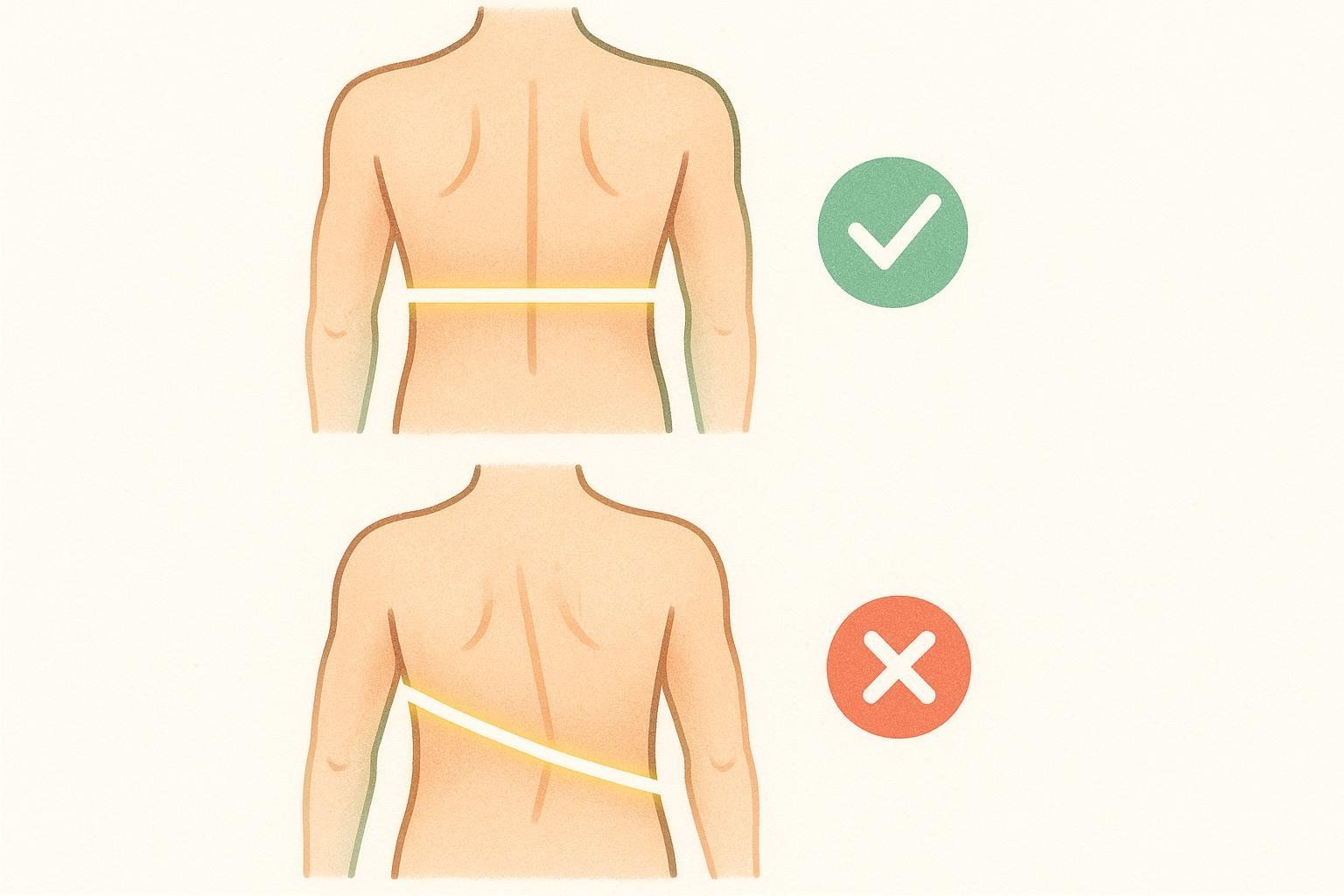
Calculate Your Waist-to-Height Ratio (WHtR)
WHtR is simple: divide your waist circumference by your height using the same units. Example: 34 in waist ÷ 68 in height = 0.50. You can also use centimeters (e.g., 86 cm ÷ 172 cm = 0.50).
| WHtR | Risk Category |
|---|---|
| < 0.40 | Possible under-fat |
| 0.40–0.49 | Low risk (optimal) |
| 0.50–0.59 | Elevated risk |
| ≥ 0.60 | High risk |
Ashwell & Gibson (BMJ Open, 2016)
Key Takeaways
- Measure at the midpoint between the lowest rib and iliac crest, on relaxed exhalation, with the tape horizontal and snug.
- Record to the nearest 0.1 cm (≈ 1/16 in) and repeat for reliability.
- Waist > 35 in (women) or > 40 in (men) signals elevated cardiometabolic risk.
- WHtR < 0.50 is a practical, size-agnostic health benchmark.
Translating Numbers into Next Steps
Cardiometabolic Health
If your waist is above common clinical thresholds—more than 35 in for women or more than 40 in for men—you carry a higher risk for cardiometabolic disease per the NHLBI. Use a DEXA scan to establish a precise visceral fat baseline, prioritize reduction strategies (see our guide: How to Lose Visceral Fat), and confirm progress with periodic scans.
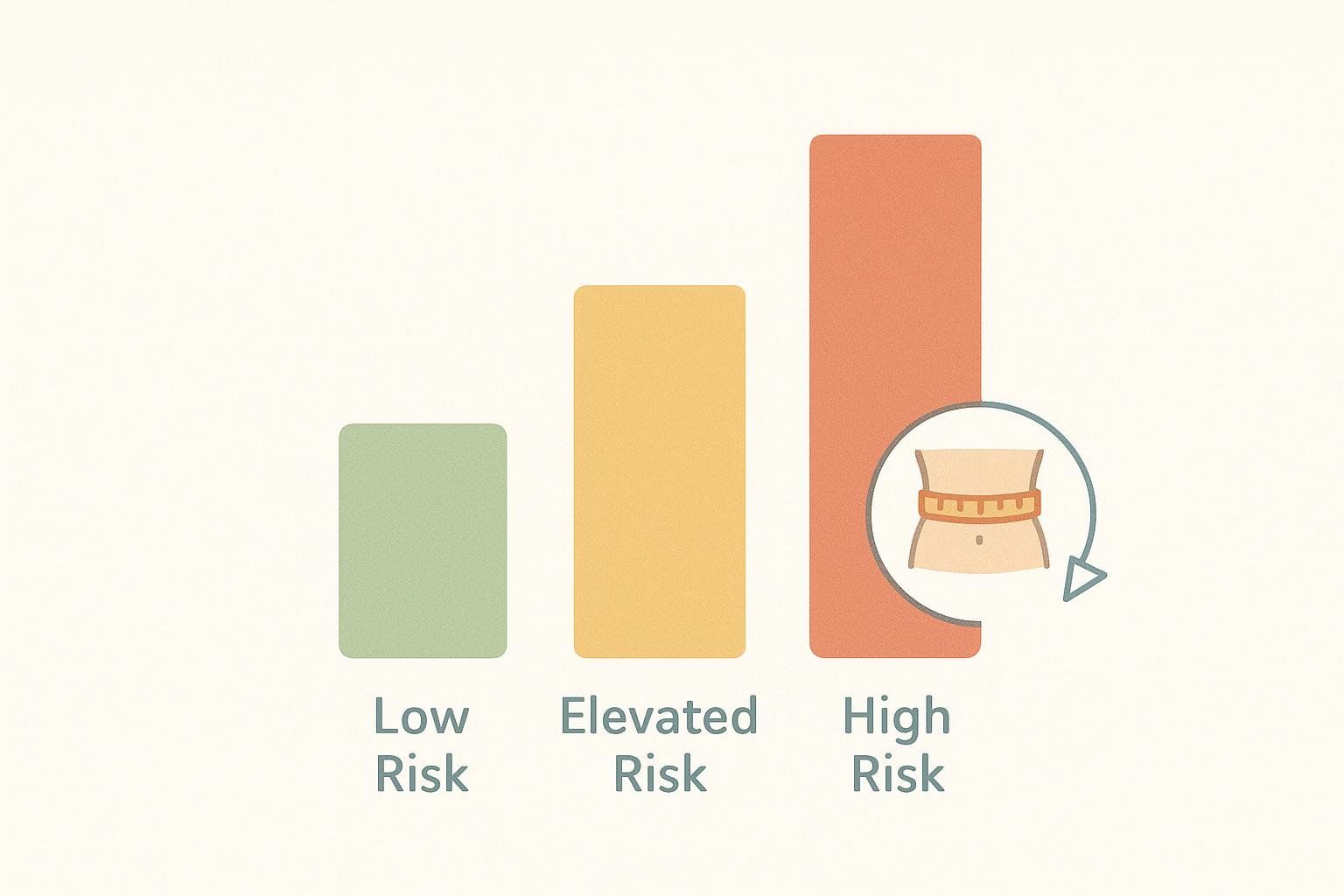
Clothing Sizing
- Natural waist – Use the measurement you just obtained for tops, dresses, high-rise bottoms, and similar garments.
- Mid-rise pants – Measure where the garment’s waistband is designed to sit (typically a few inches below your natural waist). Always prioritize the brand’s specific size chart, as rise depth varies.
Fitness Progress Tracking
Record waist every 2–4 weeks alongside weight and training notes. A decreasing waist with stable scale weight often indicates simultaneous fat loss and muscle gain—a result you can verify with periodic DEXA scans.
Special Cases and Modifications
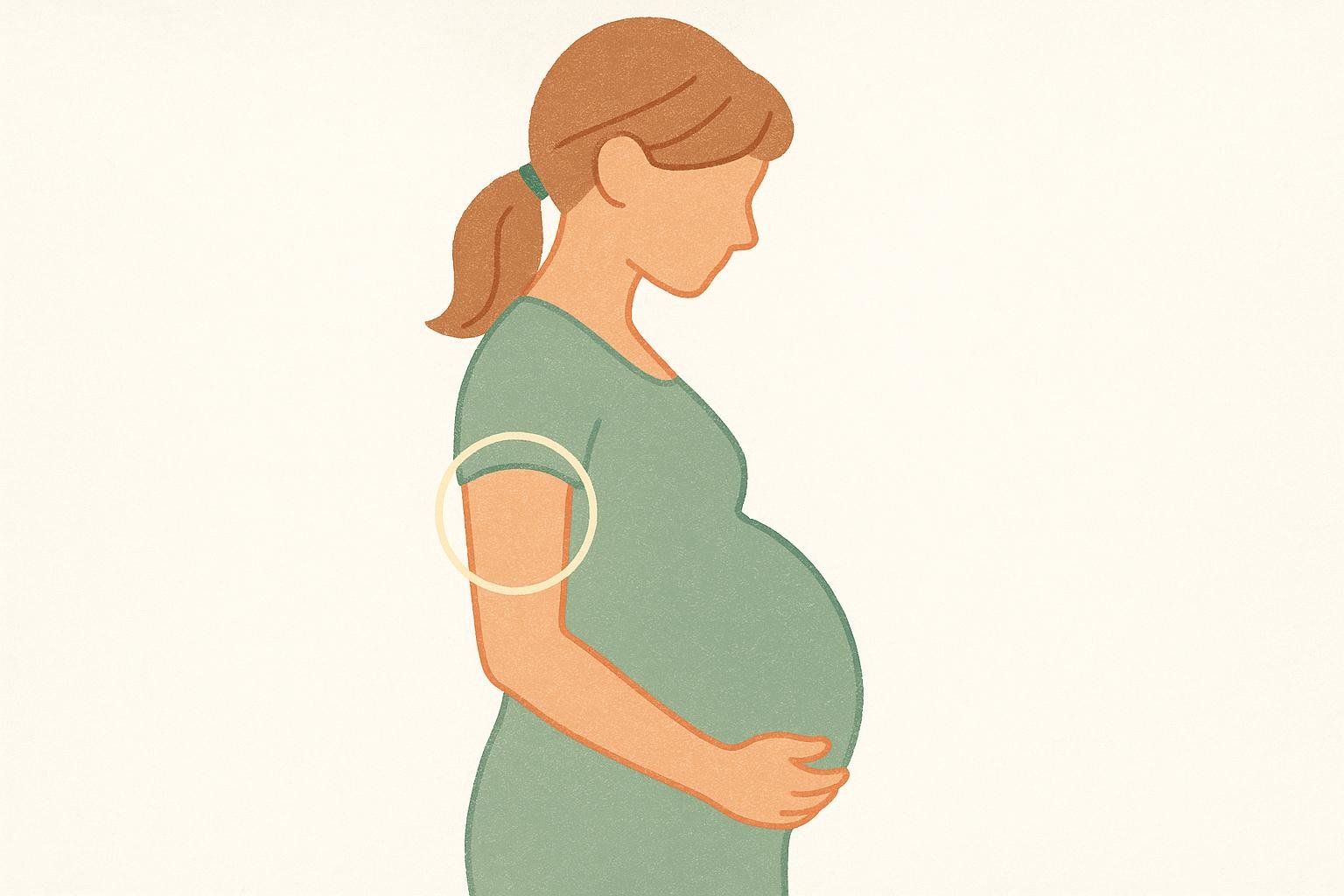
| Population | Consideration |
|---|---|
| Pregnancy | After the first trimester—or whenever abdominal shape begins to change significantly—pause waist measurements and track hip or arm circumference instead. Consult your prenatal care provider for personalized guidance. |
| Athletes with hypertrophied abdominals | Muscular obliques may inflate circumference; schedule a DEXA scan to differentiate muscle from visceral fat. |
| Children & adolescents | Use age- and sex-specific references or a WHtR goal around < 0.50; adult cut-offs may not apply uniformly. See the NHS WHtR guidance for age-specific notes and tool limitations. |
Frequently Asked Questions
Does waist measurement change throughout the day?
Yes. Food intake, hydration, and gastrointestinal fullness can shift readings by 0.5–1.0 inch. Measure first thing in the morning for consistency.
How often should I re-measure?
Every 4 weeks is sufficient for general monitoring; every 2 weeks during aggressive fat-loss phases.
Are smart belts or scanners more accurate than a tape?
Digital devices can help with convenience, but accuracy still hinges on proper landmark selection and tape position. Master the manual method first.
Is waist circumference superior to BMI for risk assessment?
For cardiometabolic risk prediction, there’s strong support that waist circumference better reflects harmful abdominal fat than BMI, which cannot distinguish fat from muscle (Nature Reviews Endocrinology consensus).
Beyond the Tape: DEXA for Complete Composition
A tape measure reveals size; a DEXA scan reveals composition: visceral-fat mass, regional lean tissue, and bone density. Pairing routine waist tracking with periodic DEXA assessments provides a more comprehensive picture of your health.
Ready for lab-grade insight? Book a BodySpec DEXA scan at a studio or mobile clinic near you.
